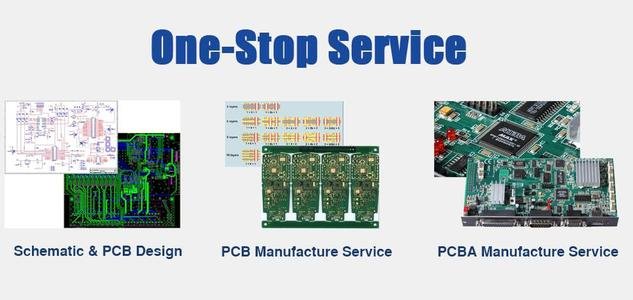Contents
One of the most common problems encountered in the maintenance of electronic products is short circuit. The short circuit causes considerable harm to PCBA, ranging from burning components to scrapping. We can only try to avoid short circuits, we must grasp every step of the production, and do not miss every suspicious point during inspection.
1. If it is manual soldering, develop a good habit.
First, check the PCB board visually before soldering, and use a multimeter to check whether the key circuits (especially the power supply and ground) are short-circuited; secondly, each time a chip is soldered Use a multimeter to check whether the power supply and ground are short-circuited; in addition, do not throw the soldering iron randomly when soldering. If you throw the solder onto the solder feet of the chip (especially surface mount components), it will not be easy to find.
2. Open the PCB diagram on the computer, light up the short-circuited network, and see which place is closest to it.
It is most likely to be connected. Pay special attention to the short circuit inside the IC.
3. A short circuit is found.
Take a board to cut the line (especially suitable for single/double-layer boards), and power on each part of the functional block separately after cutting the line, and remove part of it.
4. Use short-circuit location analyzers
Use short-circuit location analyzers, such as: Singapore PROTEQ CB2000 short-circuit tracker, Hong Kong Lingzhi Technology QT50 short-circuit tracker, British POLAR ToneOhm950 multi-layer board short-circuit detector, etc.
5. Be careful when soldering small-size surface-mount capacitors
Be careful when soldering small-size surface-mount capacitors, especially power supply filter capacitors (103 or 104), which can easily cause a short circuit between the power supply and the ground. Of course, sometimes with bad luck, the capacitor itself is short-circuited, so the best way is to test the capacitor before welding.
6. If there is a BGA chip, since all the solder joints are covered by the chip and are invisible, and it is a multilayer board (above 4 layers), it is best to separate the power supply of each chip during the design,
If there is a BGA chip, since all the solder joints are covered by the chip and are invisible, and it is a multilayer board (above 4 layers), it is best to separate the power supply of each chip during the design, using magnetic beads or 0 ohms Resistor connection, so when there is a short circuit between the power supply and the ground, the magnetic bead detection is disconnected, and it is easy to locate a certain chip. Because the welding of BGA is very difficult, if it is not automatically welded by the machine, a little carelessness will short-circuit the adjacent power supply and the ground two solder balls.

